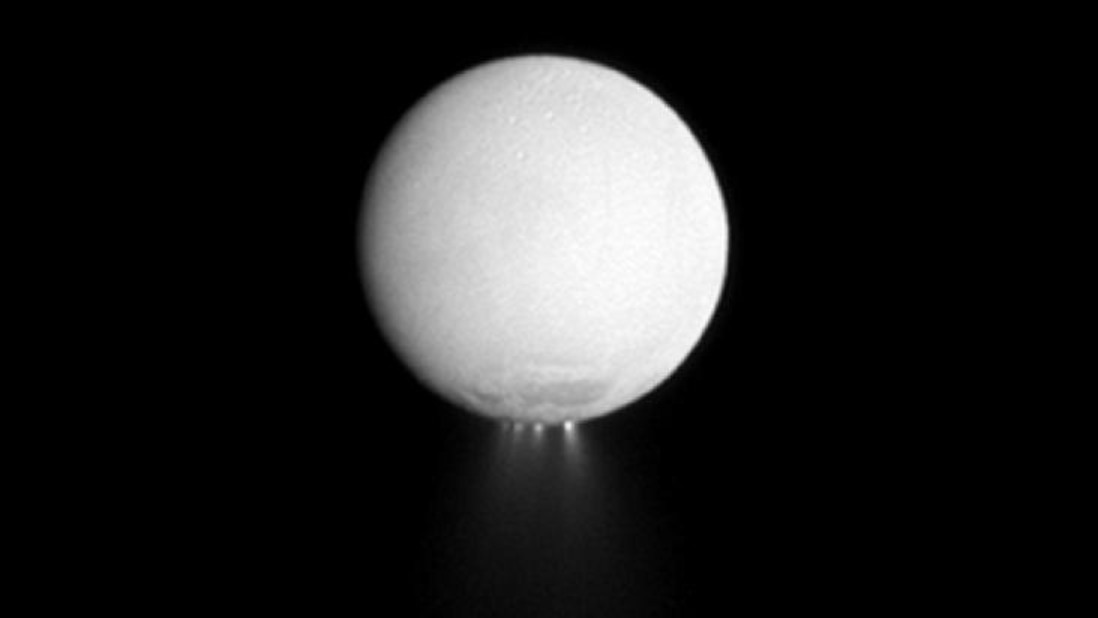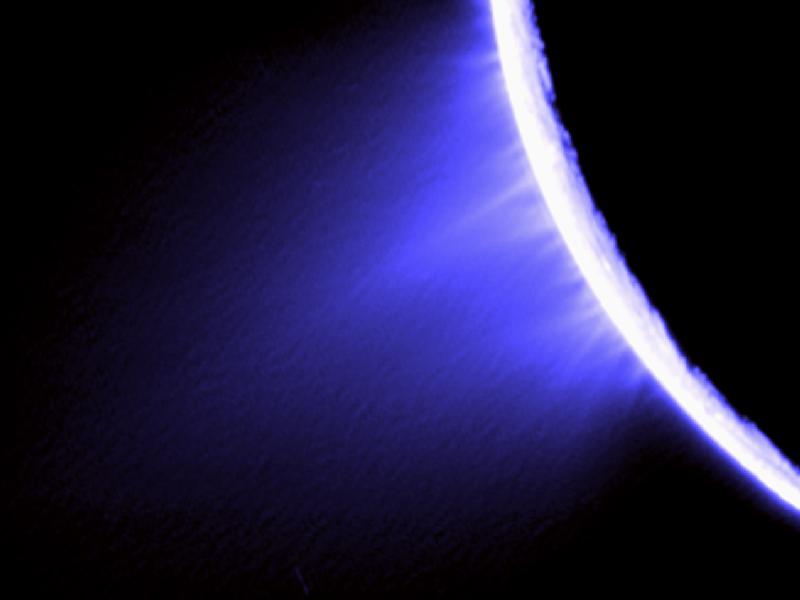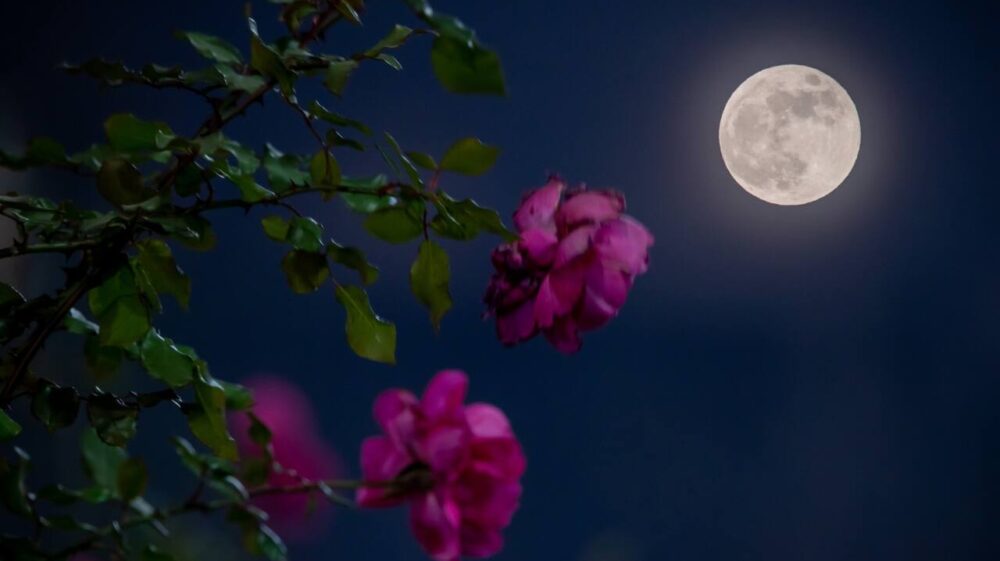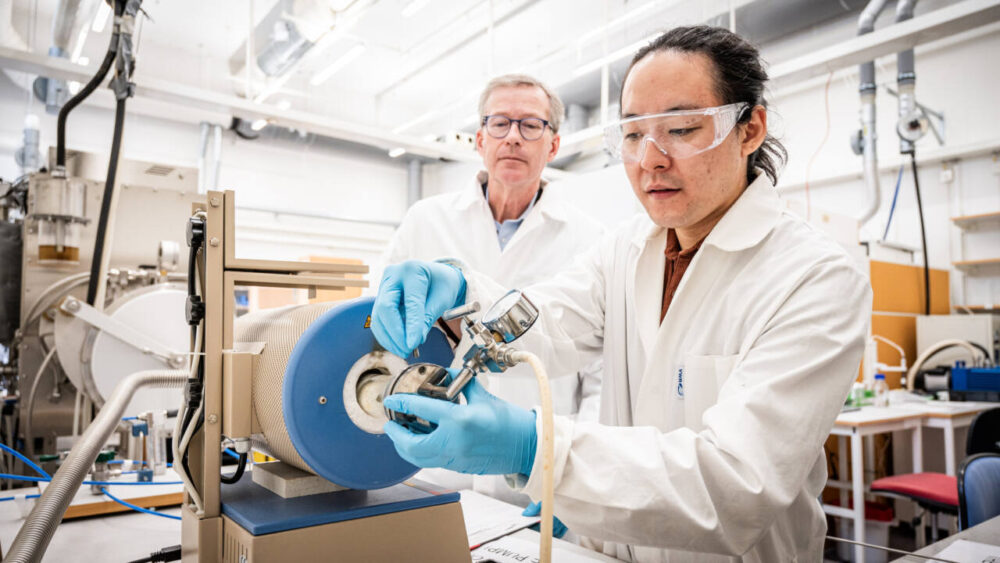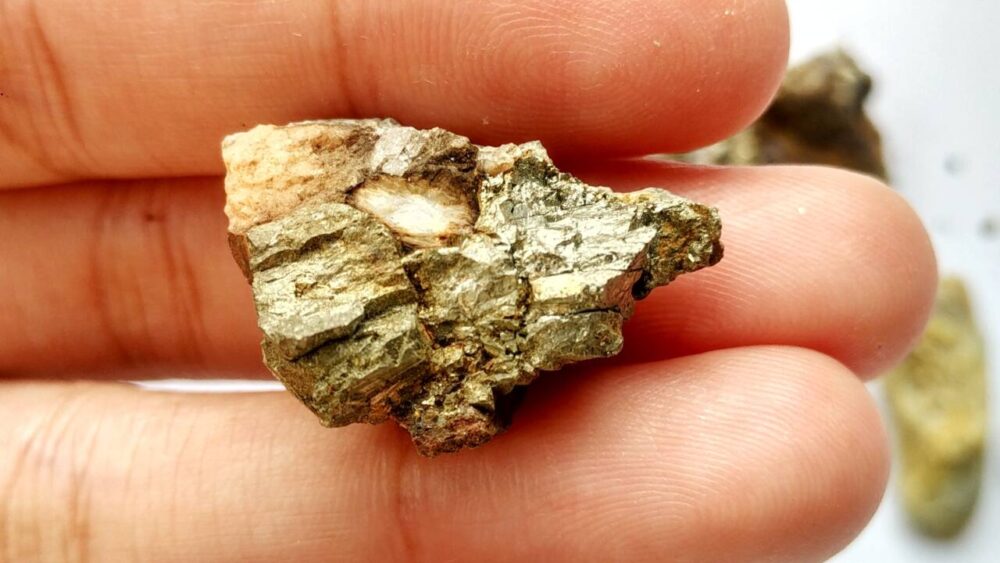Key ingredient needed for life is discovered on Saturn moon
While scientists have spent many years studying Saturn’s stunning rings, their attention recently turned to something else surrounding the sixth planet from the sun. Data from one of NASA’s spacecrafts revealed that one of Saturn’s moons, Enceladus, has all the basic ingredients necessary for life.
On June 14, NASA scientists announced that information collected by Cassini — a robotic spacecraft sent to Saturn to study the planet’s system of rings, moons and atmosphere in detail — indicated that phosphorus exists on one of the planet’s 146 moons. The element, which is essential to many biological processes, was the missing building block for habitable conditions on the planet, according to a statement from NASA.
JUST IN: Phosphorus (an essential & scarce element of life) is found on Enceladus, adding to the habitable conditions observed on Saturn’s moon. If life could've originated is an open question, but this discovery has astrobiologists excited for future exploration:… pic.twitter.com/E6GIanRnIN
— NASA Astrobiology: Exploring Life in the Universe (@NASAAstrobio) June 14, 2023
Cassini spent 20 years in space, including 13 years orbiting Saturn, before exhausting its fuel supply and “death diving” into the planet in 2017. Until the very end, the spacecraft sent back massive amounts of data and images for scientists to analyze. Six years after its final transmission, NASA is still uncovering the Saturn’s mysteries, including this critical revelation on Enceladus.
What Is Phosphorus And Why Is It Important?
Phosphorus is one of the elements scientists have identified necessary for sustaining life. On Earth, the limited availability of phosphorus in certain environments can often prevent organisms from growing and reproducing.
“Life as we know it doesn’t operate without it,” Christopher Glein, a geochemist from the Southwest Research Institute in San Antonio and a co-author of a new study about the findings, told The Wall Street Journal. “It is absolutely critical to your DNA.”
In the study published by Nature, Glein and other scientists outline how the Cassini spacecraft, data analysis and experimentation revealed the presence of phosphorus on Enceladus.
According to the study, the discovery of phosphorus in Enceladus’ ocean marks the first time the element has been found in any ocean beyond Earth. During its time orbiting Saturn, the Cassini spacecraft collected cosmic dust containing ice grains thrown into the atmosphere through geologic activity on the moon.
You can see the plumes of cosmic dust in this NASA photo.
After a prolonged study of Cassini’s data, scientists not only discovered the presence of phosphorus on Enceladus, but that the quantities were much higher than originally believed.
The moon’s icy phosphate concentration was actually “enriched compared to Earth’s oceans by a factor of 1,000 or so,” study co-author Frank Postberg told The New York Times.
While other previous missions suggested that other life-essential elements — including oxygen, nitrogen, hydrogen, sulfur and carbon — were already present on Enceladus, this first-of-its-kind discovery of phosphorus is a “tantalizing moment” in science, Postburg told The New York Times.
NASA cautions us from concluding that the discovery confirms the possibility of life beyond Earth. However, one of Cassini’s project scientists, Linda Spilker, does believe Enceladus ignites even more curiosity and hope for scientists to find answers in the future.
“This latest discovery of phosphorus in Enceladus’ subsurface ocean has set the stage for what the habitability potential might be for the other icy ocean worlds throughout the solar system,” Spiker said in a statement from NASA. “Now that we know so many of the ingredients for life are out there, the question becomes: Is there life beyond Earth, perhaps in our own solar system? I feel that Cassini’s enduring legacy will inspire future missions that might, eventually, answer that very question.”


